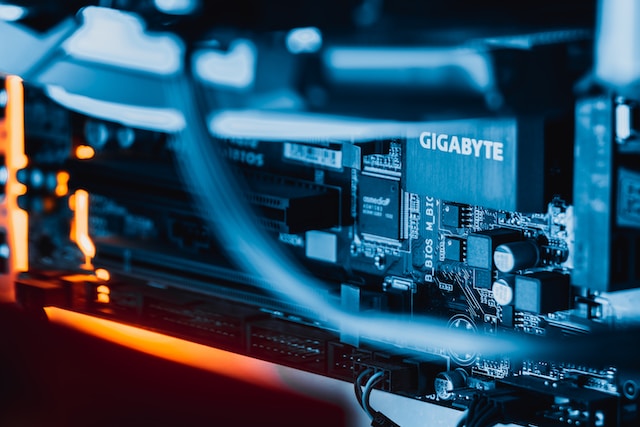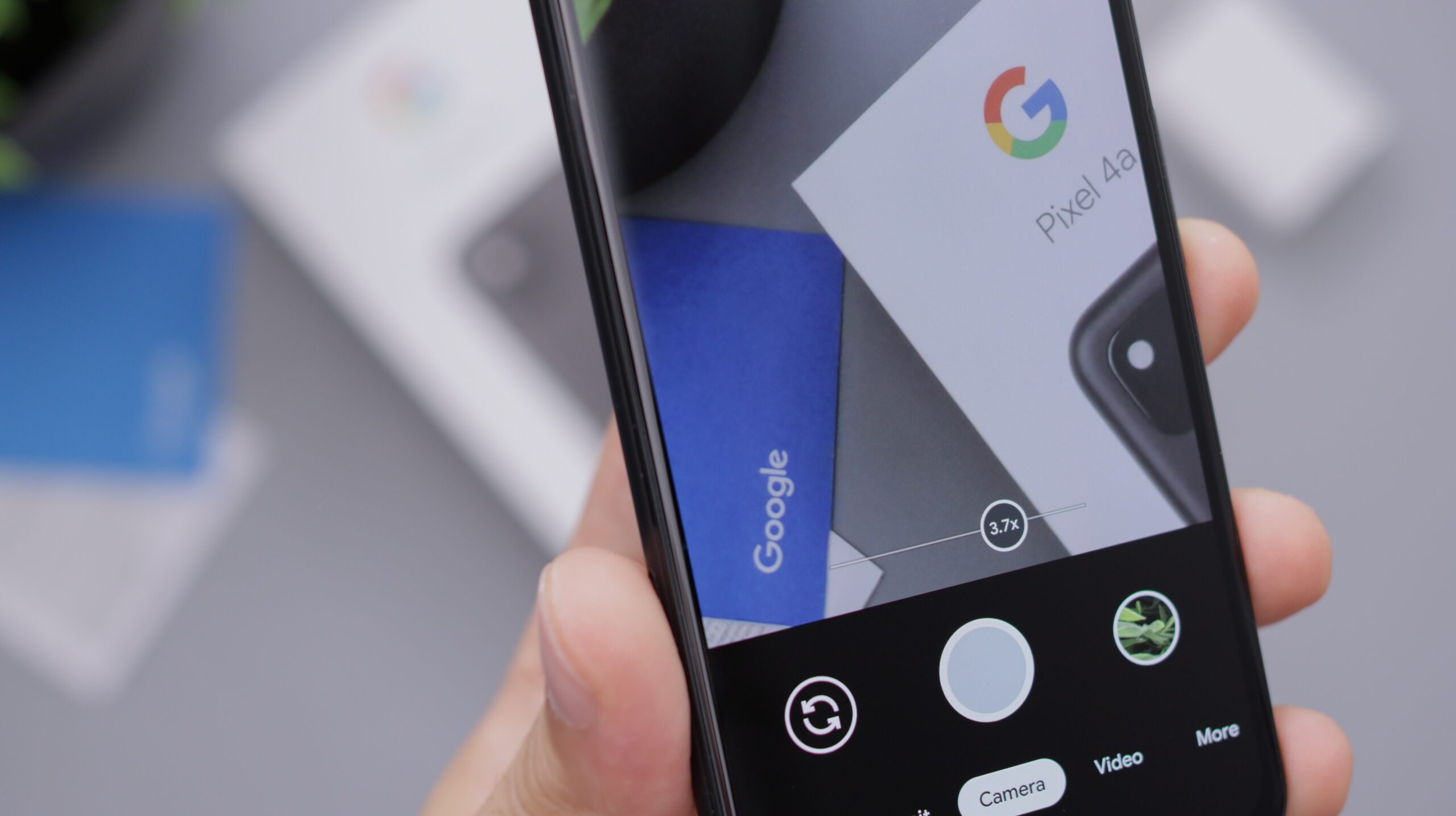In the digital age, the agriculture sector is undergoing a significant transformation, driven by the integration of advanced technologies. Among these, the Internet of Things (IoT) stands out as a revolutionary force, reshaping traditional farming methods into smart agriculture practices. This comprehensive guide delves into the myriad benefits of IoT in smart agriculture, offering valuable insights into how this technology is paving the way for a more efficient, sustainable, and productive future in farming. After reading below article you will be aware of benefits of IoT in agriculture in detail.
Introduction to IoT in Agriculture
The Internet of Things, or IoT, refers to the network of physical objects embedded with sensors, software, and other technologies for the purpose of connecting and exchanging data with other devices and systems over the internet. In the context of agriculture, IoT technologies are being harnessed to collect and analyze data from various sources such as soil, water, weather, and crops, enabling farmers to make informed decisions and optimize their agricultural practices.
Enhancing Crop Management
One of the foremost benefits of IoT in agriculture is the enhanced management of crops. Through precision farming, IoT devices can monitor soil moisture levels, temperature, and nutrient status, providing real-time data that helps farmers apply the exact amount of water, fertilizers, and pesticides needed by the crops. This not only boosts crop yields but also minimizes resource waste, contributing to both economic and environmental sustainability.
Water Conservation
Water scarcity is a pressing global issue, and agriculture is its biggest consumer. IoT technology plays a crucial role in water management, with smart irrigation systems that use soil moisture sensors and weather forecasts to optimize watering schedules. This ensures that crops receive adequate hydration without excess water use, significantly reducing water wastage and preserving this precious resource for future generations.

Livestock Monitoring
Livestock monitoring is another area where IoT offers substantial benefits. With wearable devices for animals, farmers can track their location, health, and behavior in real time. This enables early detection of illnesses, reducing livestock mortality rates and improving overall herd health. Furthermore, it aids in efficient pasture management, ensuring that livestock are grazing optimally.
Predictive Analytics for Crop Health
IoT devices collect vast amounts of data, which, when analyzed using predictive analytics, can forecast potential crop diseases and pest infestations before they occur. This proactive approach allows farmers to take preventive measures, safeguarding their crops and significantly reducing the risk of large-scale damage.
Supply Chain Efficiency
IoT technologies also enhance supply chain efficiency in agriculture. By tracking the journey of produce from farm to consumer, IoT ensures transparency and traceability, leading to improved food safety. Consumers can access information about the origin of their food, its freshness, and how it was grown, which builds trust and loyalty.
Automated Machinery
The automation of agricultural machinery, such as tractors and drones, is facilitated by IoT. These smart machines can perform tasks like planting, spraying, and harvesting with minimal human intervention, increasing efficiency and reducing labor costs. Moreover, they can work in unfavorable weather conditions, ensuring that agricultural operations continue smoothly.
Real-Time Data Access
IoT provides farmers with real-time access to data, allowing for quick adjustments to their farming practices. Whether it’s changing irrigation levels based on weather predictions or altering crop nutrition plans, immediate access to information enables farmers to make the best decisions for their crops at the right time.

Reducing Environmental Impact
Smart agriculture practices powered by IoT contribute significantly to reducing the environmental impact of farming. By optimizing resource use and minimizing chemical inputs, IoT helps in lowering greenhouse gas emissions and preserving biodiversity, making agriculture more sustainable.
Economic Benefits
Implementing IoT in agriculture leads to considerable economic benefits. Increased crop yields, reduced resource wastage, and improved efficiency translate into higher profits for farmers. Additionally, the reduction in manual labor and operational costs contributes to the financial viability of farming operations.
Challenges and Future Prospects
Despite its benefits, the adoption of IoT in agriculture faces challenges such as high initial costs, data security concerns, and the need for technological literacy among farmers. However, with ongoing advancements in technology and increasing awareness, the future of IoT in smart agriculture looks promising. As solutions become more affordable and accessible, we can expect wider adoption, leading to a revolution in how food is grown, harvested, and delivered.
Conclusion
IoT in smart agriculture is not just a trend; it’s a necessity in the face of growing global food demands and environmental challenges. By embracing IoT technologies, the agriculture sector can achieve unprecedented levels of efficiency, sustainability, and productivity. As we move forward, the integration of IoT in farming practices will undoubtedly play a pivotal role in shaping a more food-secure and sustainable world.
In this journey toward smart agriculture, the benefits of IoT are clear: enhanced crop management, water conservation, improved livestock monitoring, predictive analytics for crop health, supply chain efficiency, automation of machinery, real-time data access, reduced environmental impact, and significant economic advantages. The future of farming is smart, and IoT is the key to unlocking this potential
Apple Vision Pro Pros and Cons: A Detailed Analysis
Mixed Reality and Apple Vision Pro
iPhone 16 Launch Date and Specifications
Small Electric Utility Vehicles: History and Future
Top 5 Cyber Attacks and Their Total Loss
A Beginner’s Guide to Voxias Internet
PSL 2024 Teams Schedule Download [Updated]
How to Secure Your Home with IoT?
Severe Turbulence on a JetBlue Flight: Unpredictable Skies
Is 1950s Mens Fashion Rock Roll Still Relevant Today?
What is Apple Vision Pro: Future of Personal Technology















